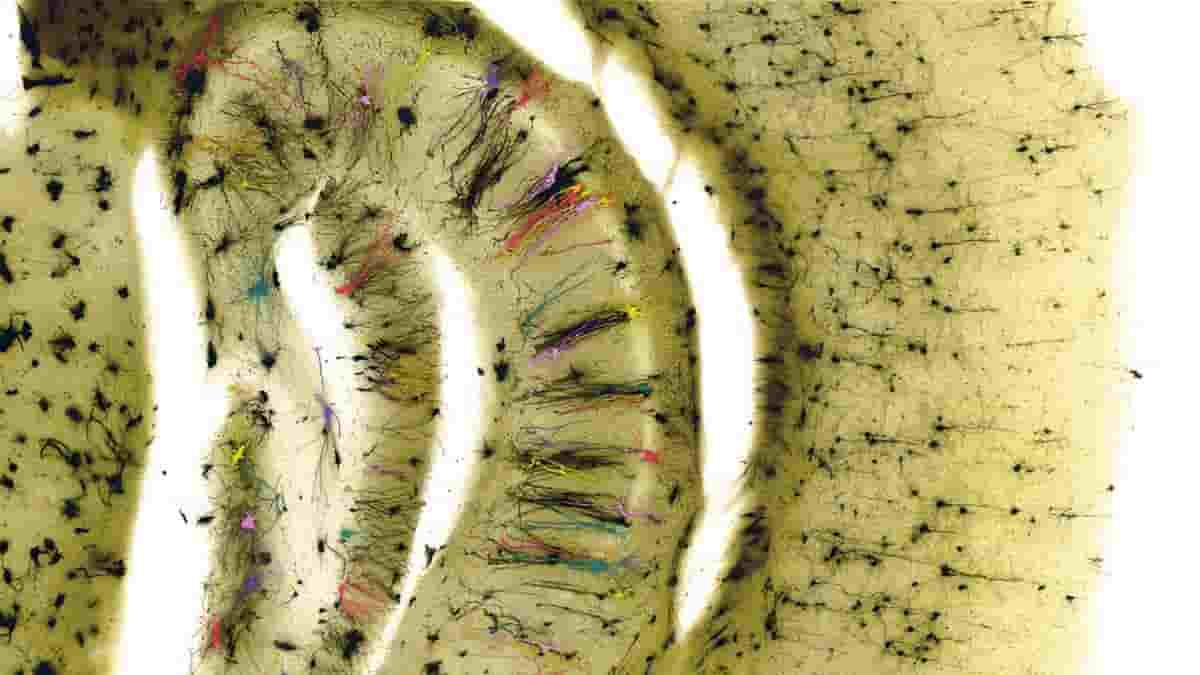A gene that University of Texas Southwestern Medical Center researchers previously associated with autism spectrum disorder (ASD) now appears to play a crucial role in directing hippocampus cells toward their final identities, according to a new study by the same group. Potentially, the findings may pave the way for novel treatments of this pervasive neurodevelopmental disorder.
“This study is one of the few that provides a mechanistic understanding of autism spectrum disorder,”
said senior author Maria Chahrour, Ph.D., Associate Professor of Neuroscience and Psychiatry at UT Southwestern.
ASD affects approximately one in every thirty-six children in the United States, as reported by the Centers for Disease Control and Prevention. Dr. Chahrour emphasized the substantial influence of genetics on ASD by stating that twin studies indicate an approximate 90% heritability. She further stated that despite the identification of hundreds of genes associated with ASD, the manner in which these genes contribute to the disorder remains largely obscure.
KDM5A Chromatin Regulator
The autism spectrum disorder-associated gene KDM5A was identified by Dr. Chahrour et al. in 2020. Their findings demonstrated that individuals harboring mutations in this gene exhibited a propensity for ASD, speech impediment, intellectual disability, and additional symptoms.
While it is acknowledged that KDM5A encodes a chromatin regulator, which is a protein that regulates the packaging of DNA within cells and the expression of other genes, the precise mechanism by which it contributes to ASD remained unknown.
Dr. Chahrour et al. investigated the variety of cell types in a mouse model in which this gene had been deleted, with the knowledge that chromatin regulators influence cell identity or the manner in which cells differentiate into particular types. ASD is characterized by structural and functional alterations in the hippocampus, the brain region primarily responsible for learning and memory.
The hippocampus has four main cell types — excitatory neurons, inhibitory neurons, glia, and endothelial cells — and these four are further divided into 24 subtypes. The researchers sequenced over 105,000 nuclei using single-nuclei RNA sequencing in order to compare the cell type populations in the hippocampus of mice with KDM5A and mice lacking the gene, also referred to as “knockouts.”
Lengthier Branching Cells
Their analysis showed distinct differences in four subtypes of excitatory neurons and two subtypes of inhibitory neurons. In the mice without KDM5A, some of these cell types increased in number, some decreased, and one switched to a different subtype within its class, suggesting KDM5A plays an important part in determining cell identity during development.
The hippocampi of KDM5A knockout animals contained an abnormally high number of lengthier branching cells, which indicated that these cells were more developed and mature-appearing than those in the KDM5A-positive animals. CA1, a crucial region of the hippocampus where social memories, or recollections of interactions with others, are stored, was home to a significant number of the affected cells.
The changes in cell types can result in imbalances of excitation and inhibition, and the defects in cellular development can damage hippocampal circuits and lead to dysfunction of the hippocampus, accounting for some of the symptoms associated with ASD, Dr. Chahrour said.
These results, according to Dr. Chahrour, an associate professor at UTSW and the Center for the Genetics of Host Defense and the Eugene McDermott Center for Human Growth and Development, contribute to the laboratory’s critical objective of comprehending the molecular mechanisms that underlie Autism Spectrum Disorder and other neurodevelopmental disorders.
Abstract
Chromatin regulation plays a pivotal role in establishing and maintaining cellular identity and is one of the top pathways disrupted in autism spectrum disorder (ASD). The hippocampus, composed of distinct cell types, is often affected in patients with ASD. However, the specific hippocampal cell types and their transcriptional programs that are dysregulated in ASD are unknown. Using single-nucleus RNA sequencing, we show that the ASD gene, lysine demethylase 5A (KDM5A), regulates the development of specific subtypes of excitatory and inhibitory neurons. We found that KDM5A is essential for establishing hippocampal cell identity by controlling a differentiation switch early in development. Our findings define a role for the chromatin regulator KDM5A in establishing hippocampal cell identity and contribute to the emerging convergent mechanisms across ASD.
Reference:
- Lauretta El Hayek et al. Disruption of the autism gene and chromatin regulator KDM5A alters hippocampal cell identity. Sci. Adv. 9, eadi0074 (2023). DOI:10.1126/sciadv.adi0074
Image: Diverse cells of the hippocampus pseudocolored with different hues. Credit: UT Southwestern Medical Center
